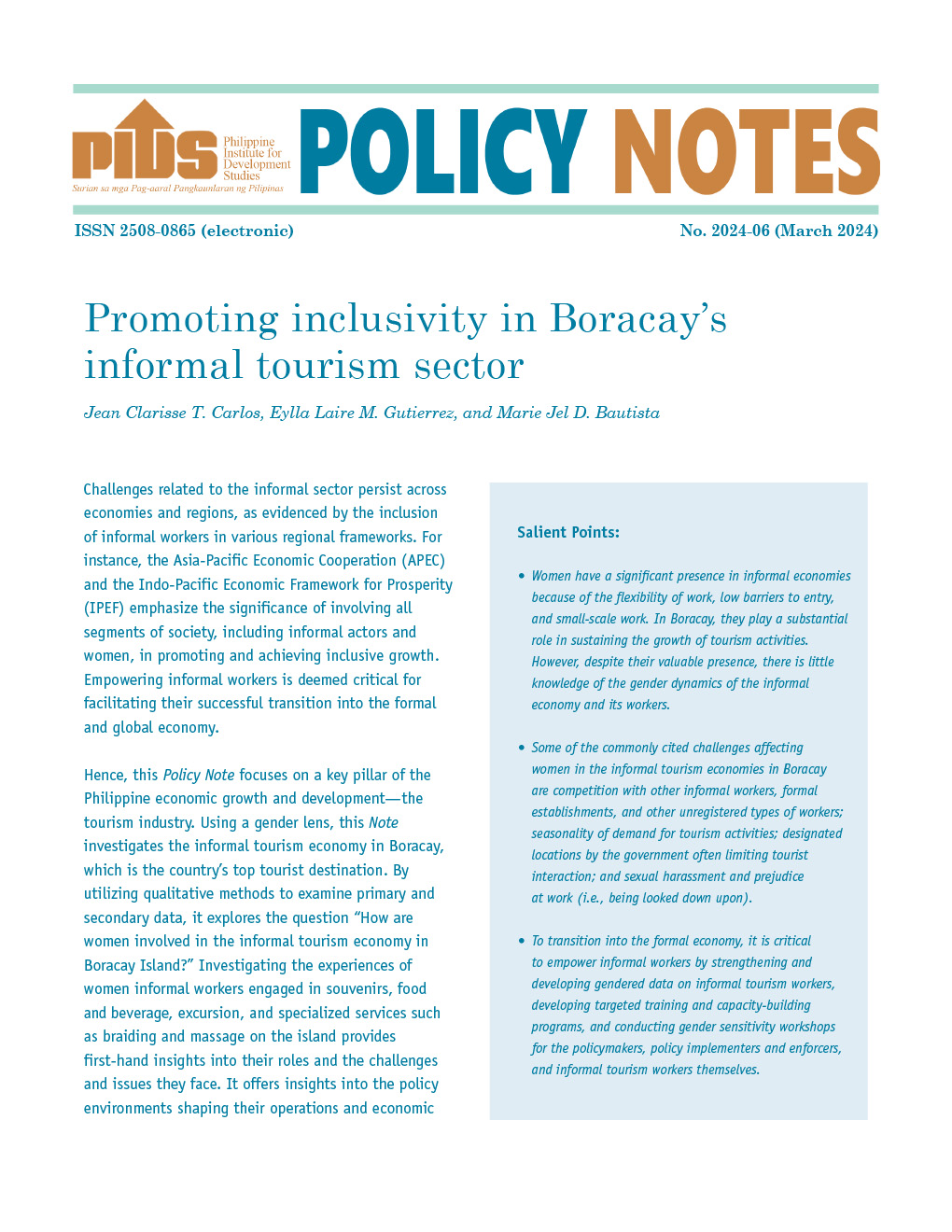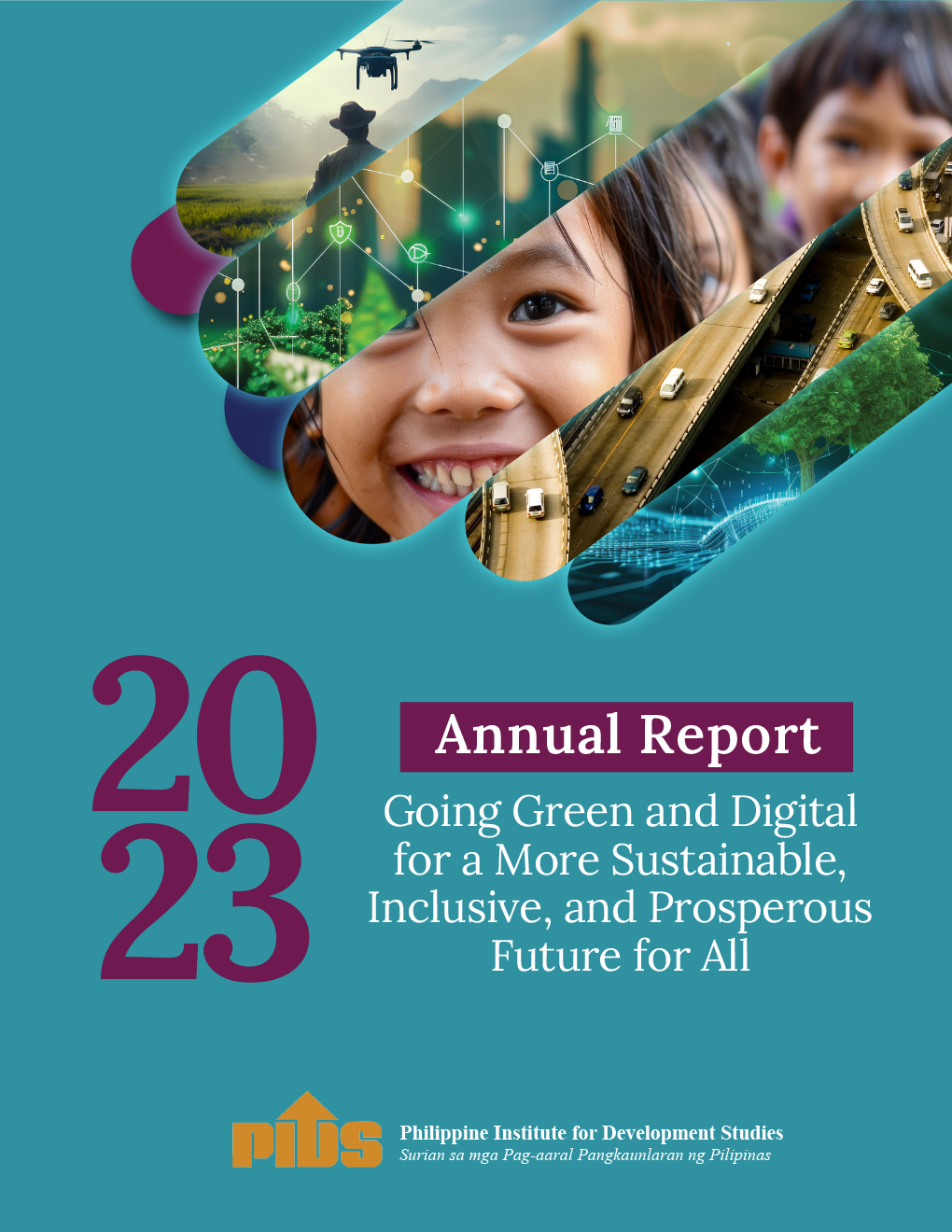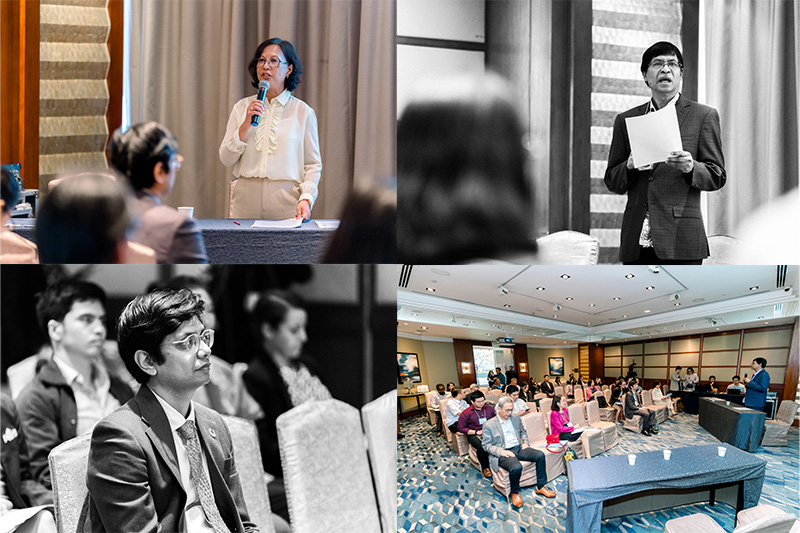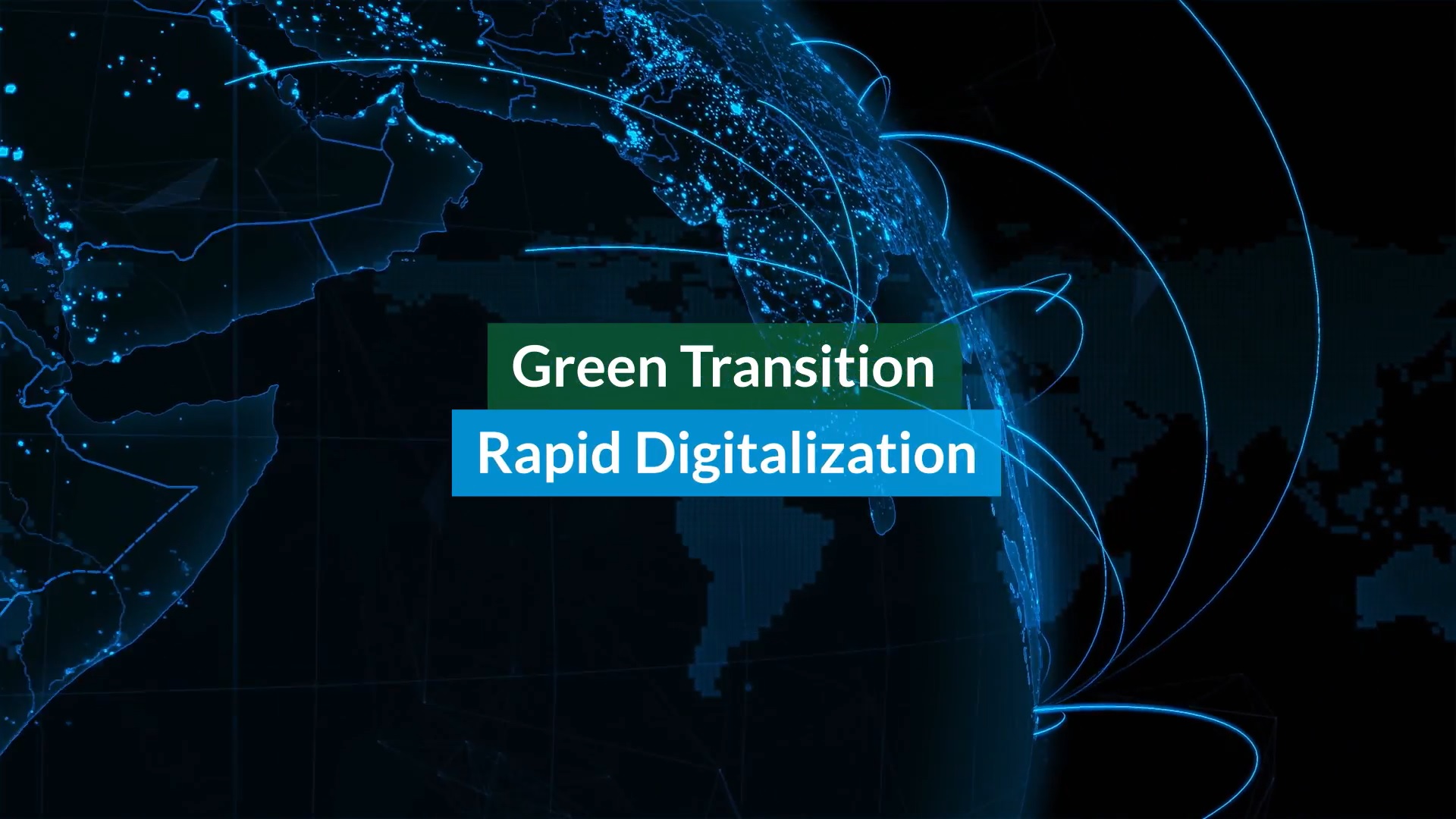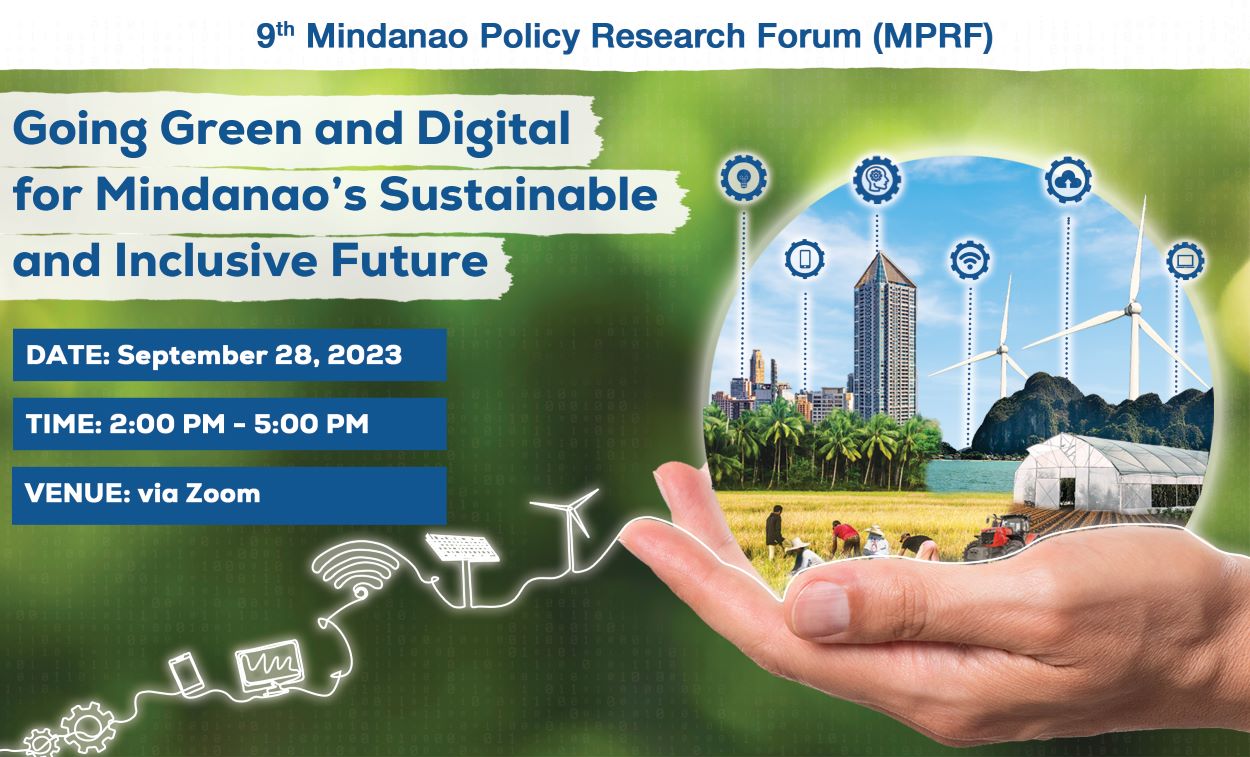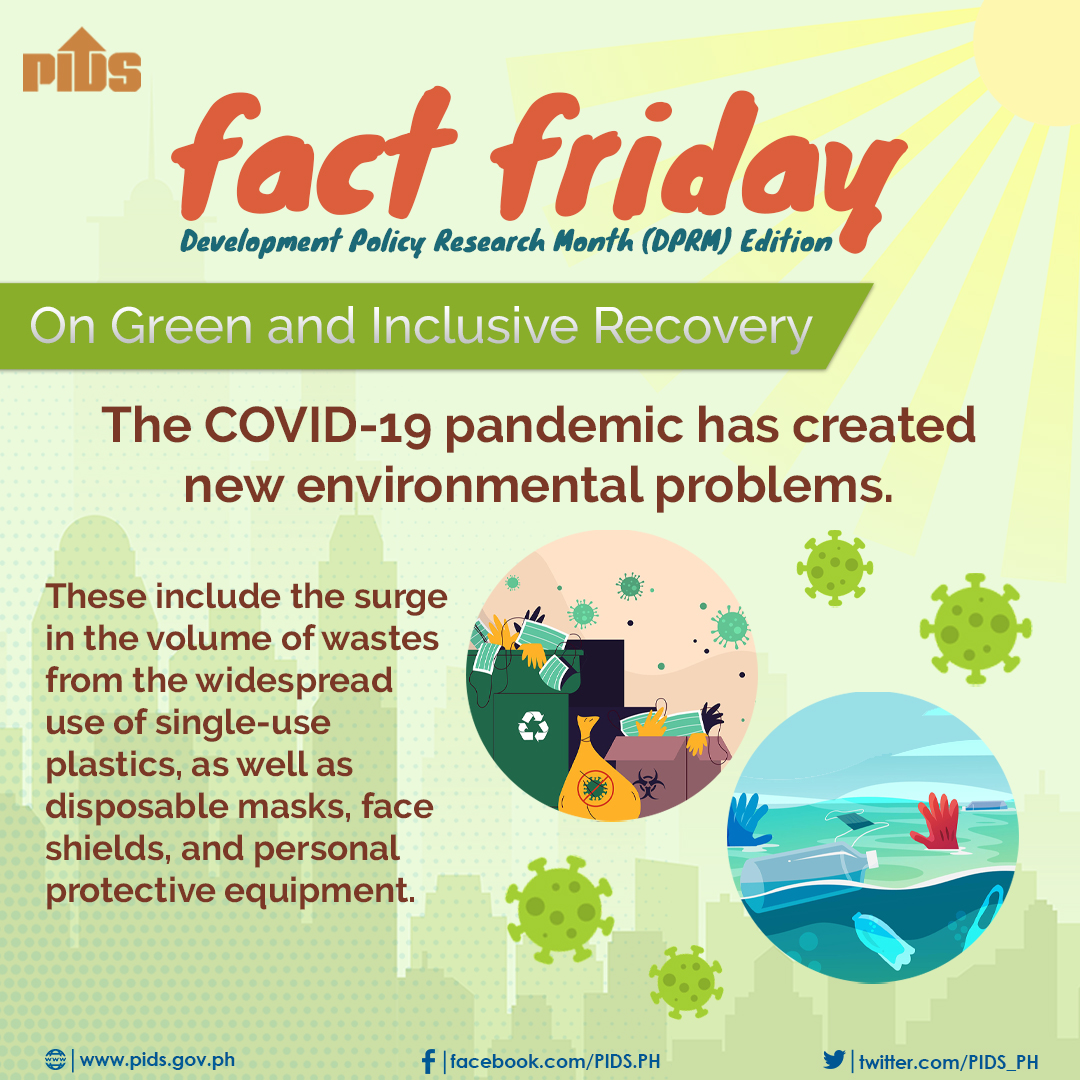There is still room for improvement when it comes to inclusivity and diversity, and the need to address unconscious bias.
Jeffrey Johnson, Teleperformance Global Diversity and Inclusion head and senior vice president for Human Capital Resource Management, said “while unconscious biases may be unconscious, it doesn’t mean that there’s nothing we can do about it."
These are biases that we are unaware of and prejudices towards certain groups of people or individuals that happen involuntarily, which can be influenced by one’s background, culture, and personal experiences, a press release from the company said, adding that this can significantly slow down an organization from tapping the full potential of talents around them.
For example, the 2018 Corporate SOGIE (Sexual Orientation and Gender Identity Expression) Diversity and Inclusiveness Index found that only 17 percent of companies in the Philippines have SOGIE-inclusive policies, while a recent study by the Philippine Institute for Development Studies revealed that only 57 percent of persons with disabilities are employed as of December 2019 and PWDs looking for jobs are twice as likely to be unemployed than able-bodied people, the press release said.
In a recent webinar initiated by the Society for Human Resource Management, the world’s largest HR organization, Johnson joined a panel of HR professionals who talked about how to address unconscious bias to bring about change within the organization.
He said there is a need “to look into the data so that you can pinpoint where unconscious bias is present in your organization.”
Johnson said this is a critical component to the process of eliminating unconscious bias as this data will show you where it may be hiding, such as in your hiring or promotion processes.
“I’m a firm believer that we start with ourselves when we are addressing unconscious bias. A great way to do that is by examining some of the decisions that you yourself have made or some of your own potential bias in the things that you do every single day,” he added.
“Once we start reflecting on our own everyday decisions that is when we can change our own behavior, and eventually bring about change in the broader organization,” he also said
Jeffrey Johnson, Teleperformance Global Diversity and Inclusion head and senior vice president for Human Capital Resource Management, said “while unconscious biases may be unconscious, it doesn’t mean that there’s nothing we can do about it."
These are biases that we are unaware of and prejudices towards certain groups of people or individuals that happen involuntarily, which can be influenced by one’s background, culture, and personal experiences, a press release from the company said, adding that this can significantly slow down an organization from tapping the full potential of talents around them.
For example, the 2018 Corporate SOGIE (Sexual Orientation and Gender Identity Expression) Diversity and Inclusiveness Index found that only 17 percent of companies in the Philippines have SOGIE-inclusive policies, while a recent study by the Philippine Institute for Development Studies revealed that only 57 percent of persons with disabilities are employed as of December 2019 and PWDs looking for jobs are twice as likely to be unemployed than able-bodied people, the press release said.
In a recent webinar initiated by the Society for Human Resource Management, the world’s largest HR organization, Johnson joined a panel of HR professionals who talked about how to address unconscious bias to bring about change within the organization.
He said there is a need “to look into the data so that you can pinpoint where unconscious bias is present in your organization.”
Johnson said this is a critical component to the process of eliminating unconscious bias as this data will show you where it may be hiding, such as in your hiring or promotion processes.
“I’m a firm believer that we start with ourselves when we are addressing unconscious bias. A great way to do that is by examining some of the decisions that you yourself have made or some of your own potential bias in the things that you do every single day,” he added.
“Once we start reflecting on our own everyday decisions that is when we can change our own behavior, and eventually bring about change in the broader organization,” he also said

